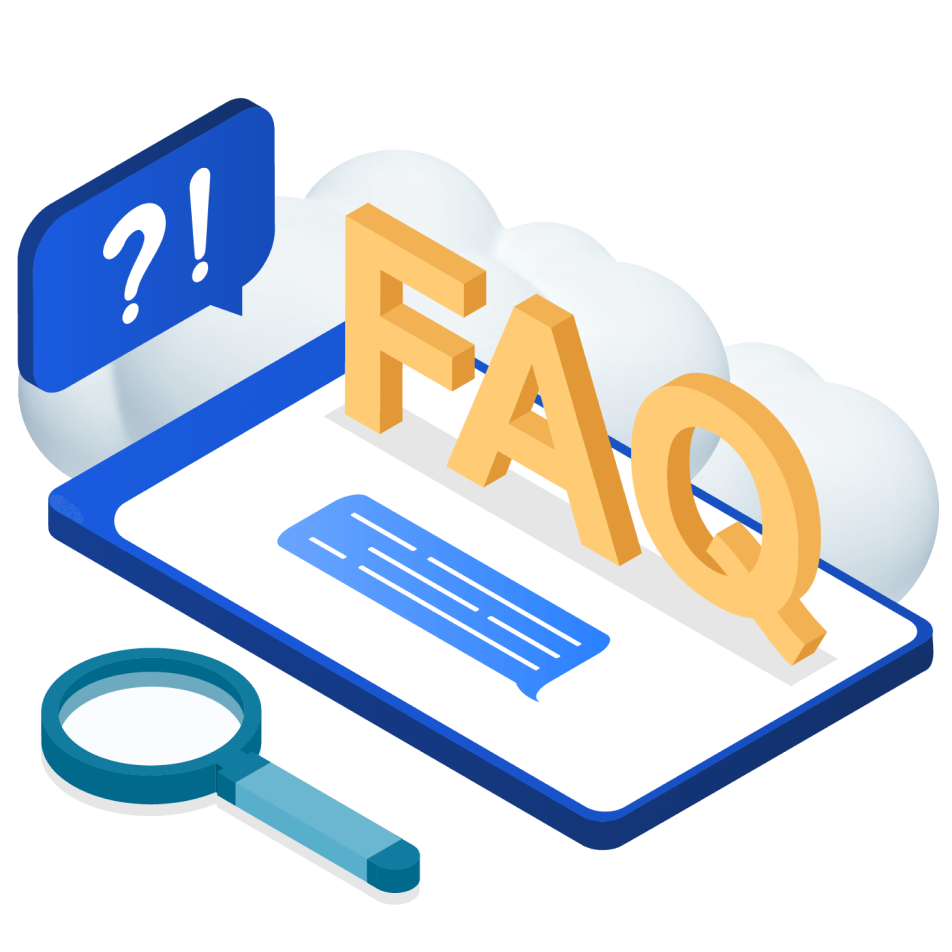- Software Development Services
- App Development
Mobile Based Application Challenges & Solution To Overcome
- Our company provides end-to-end mobile applications and services to help businesses of all sizes capitalize on the growing mobile market. Our team has many years of experience and are experts in developing high-quality, user-friendly mobile apps that are designed to drive engagement, enhance user experience, and increase revenue.
- Our team works closely with each client to ensure that the mobile app meets their specific needs and requirements. We take a collaborative approach, working with clients to understand their goals and challenges, and developing tailored solutions that address their unique business needs. With our BI solution, you'll have the insights you need to drive growth, optimize operations, and achieve your business goals.
-
Our mobile application services include:
Mobile app design and development: We work with our clients to develop a custom mobile app that aligns with their business goals and enhances their brand. Our team uses the latest technologies and best practices to ensure the app is user-friendly, responsive, and optimized for performance. - App store optimization (ASO): We help our clients maximize the visibility and determine the app by reforming it for app store search algorithms. Our ASO strategies include keyword research, app title and description escalation, and app ratings and reviews management.
- Mobile app support and maintenance: We provide support services and ongoing maintenance to make sure the app runs smoothly and continues to meet clients’ business needs. Our team performs regular updates, bug fixes, and security patches to keep your app up-to-date and secure.
- Mobile app analytics and reporting: We use the latest analytics tools and technologies to help them track app usage, measure user engagement, and optimize app performance. Our team provides detailed reporting and insights to help our clients make informed decisions about their apps and business.
Benefits of choosing BIITS for your Web Development services.
Innovative Solutions: Leverage our cutting-edge technology and creative approaches to build unique, high-impact applications tailored to your needs.
End-to-End Development: Benefit from our comprehensive service offering, covering every stage of app development from ideation and design to deployment and maintenance.
Customized User Experiences: Create engaging, user-friendly applications with personalized features that cater specifically to your target audience.

Agile and Scalable: Experience flexibility with our agile development process, allowing for iterative improvements and scalable solutions that grow with your business.
Expert Guidance: Rely on our team of seasoned professionals who provide strategic insights and technical expertise to ensure your app’s success and sustainability.
Frequently Asked Questions
What is Native Mobile App Development
Native Development (iOS/Android), give you an edge when you have a lot to deal with hardware features, device features like Bluetooth, Geolocation, Camera, IOT Integration. As the Native Module usage Grows, and the dependency on Software and Hardware increases, we recommend Native App Development, Android with Java or Kotlin and iOS with Swift.
Do you offer website maintenance and updates after the site is launched? What kind of support can I expect?
The first thing to consider is that the word “data lake” will not usually be used to characterize a specific product or service, but rather an approach to the design of big data that can be summarized as store now, analyze later. In other words, we would use a data lake to store unstructured or semi-structured data in its original form, in a single repository that serves multiple analytical use cases or services, unlike the traditional data warehouse approach, which involves imposing a structured, tabular format on the data when it is ingested.
What is your process for web development?
The first thing to consider is that the word “data lake” will not usually be used to characterize a specific product or service, but rather an approach to the design of big data that can be summarized as store now, analyze later. In other words, we would use a data lake to store unstructured or semi-structured data in its original form, in a single repository that serves multiple analytical use cases or services, unlike the traditional data warehouse approach, which involves imposing a structured, tabular format on the data when it is ingested.
What kind of tools and functionalities exist in your company?
The first thing to consider is that the word “data lake” will not usually be used to characterize a specific product or service, but rather an approach to the design of big data that can be summarized as store now, analyze later. In other words, we would use a data lake to store unstructured or semi-structured data in its original form, in a single repository that serves multiple analytical use cases or services, unlike the traditional data warehouse approach, which involves imposing a structured, tabular format on the data when it is ingested.
Do you provide SEO services as part of your web development?
The first thing to consider is that the word “data lake” will not usually be used to characterize a specific product or service, but rather an approach to the design of big data that can be summarized as store now, analyze later. In other words, we would use a data lake to store unstructured or semi-structured data in its original form, in a single repository that serves multiple analytical use cases or services, unlike the traditional data warehouse approach, which involves imposing a structured, tabular format on the data when it is ingested.

Is the huge volume of data is too hard to handle ?
Let us help you to give best solutions for enterprising data lake & data warehousing.
